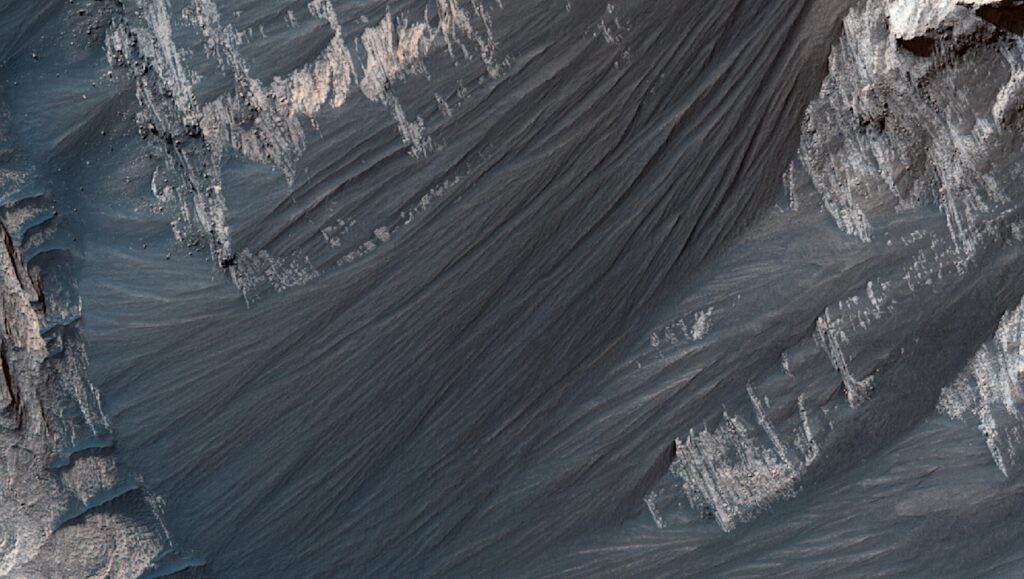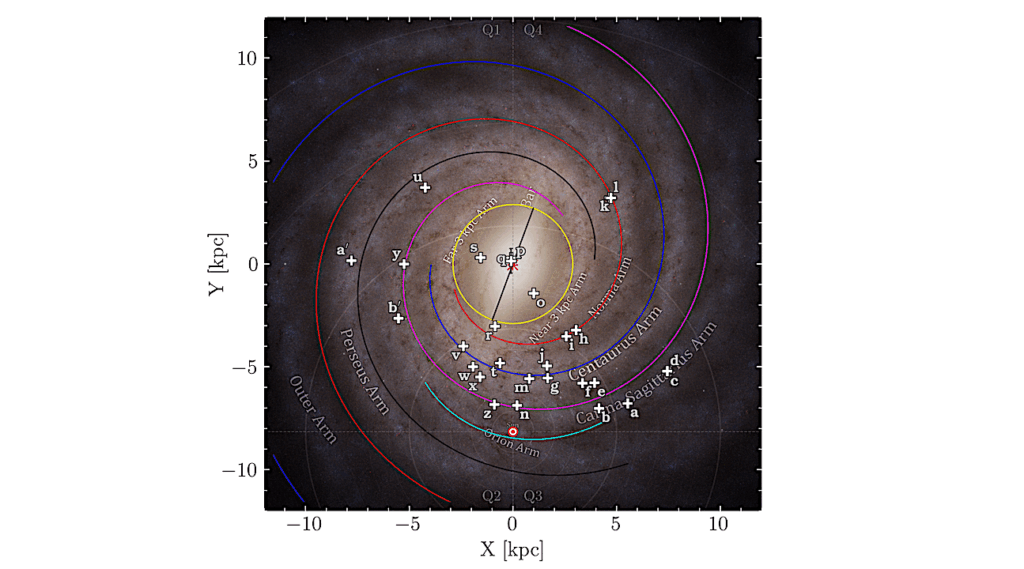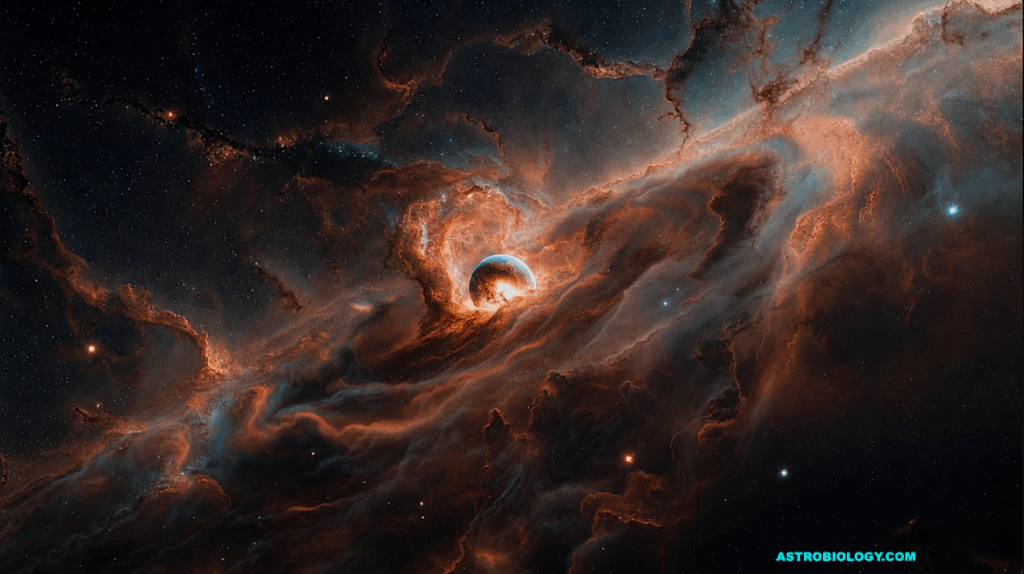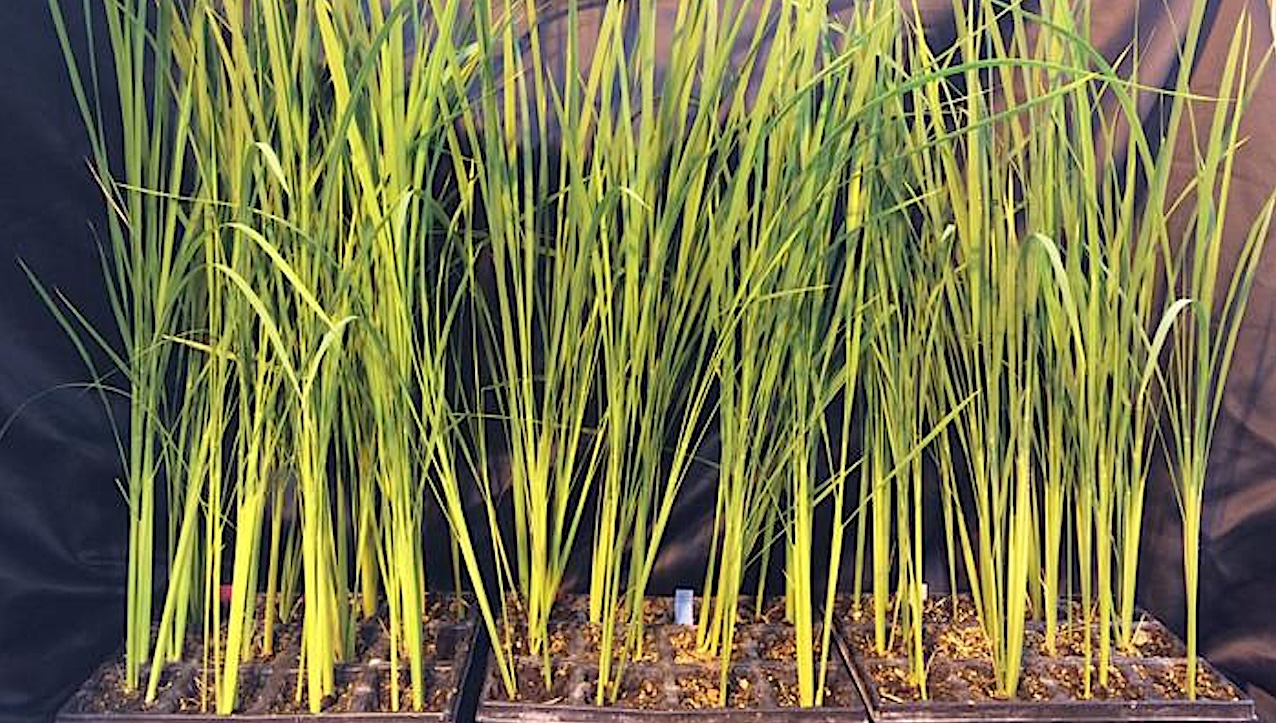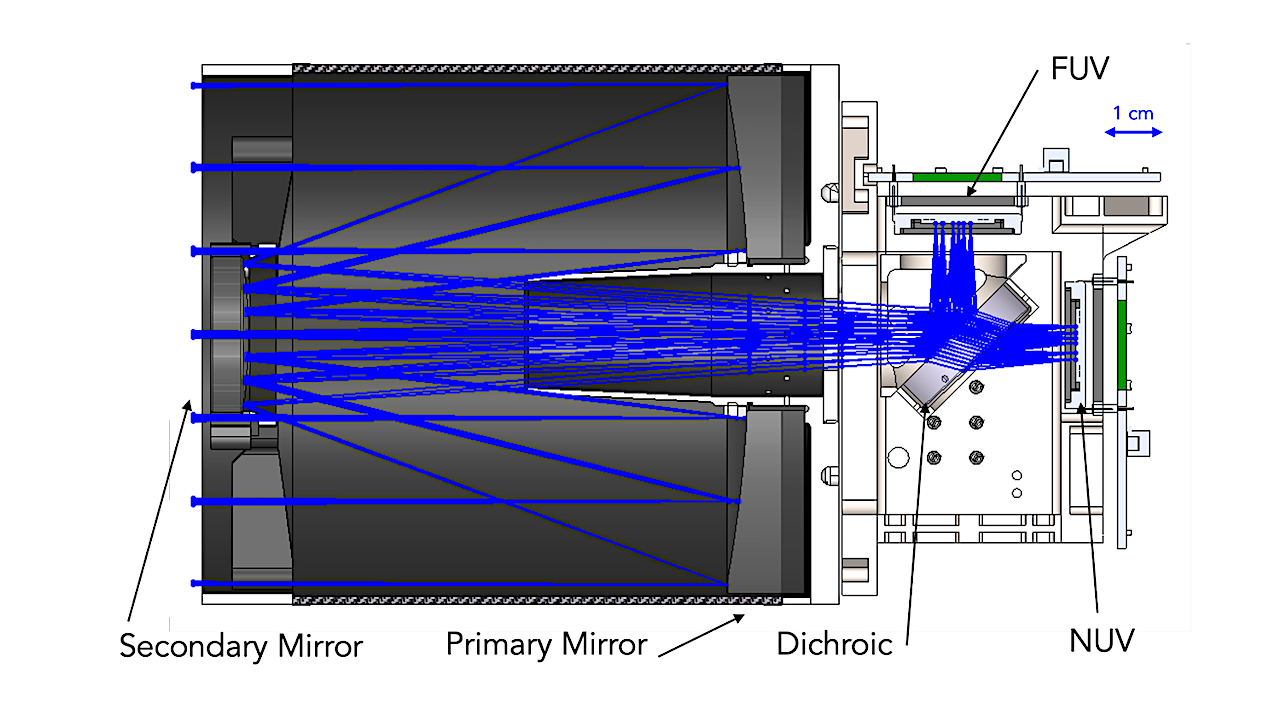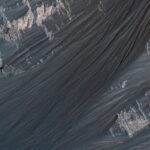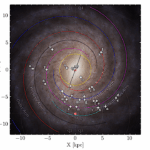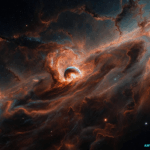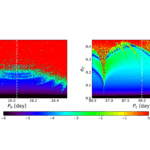Now Reading: Tricorder Tech: Application Of A Modified Commercial Laser Mass Spectrometer As A Science Analog Of The Mars Organic Molecule Analyzer (MOMA)
-
01
Tricorder Tech: Application Of A Modified Commercial Laser Mass Spectrometer As A Science Analog Of The Mars Organic Molecule Analyzer (MOMA)
Tricorder Tech: Application Of A Modified Commercial Laser Mass Spectrometer As A Science Analog Of The Mars Organic Molecule Analyzer (MOMA)
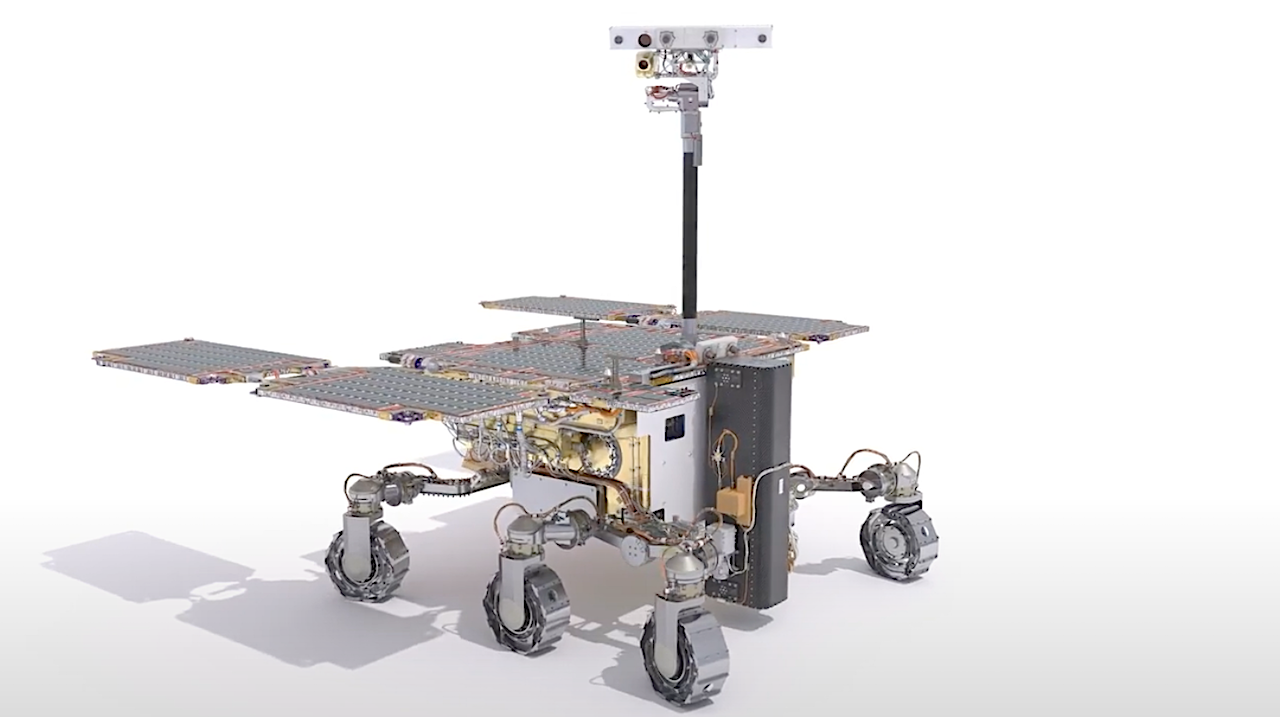
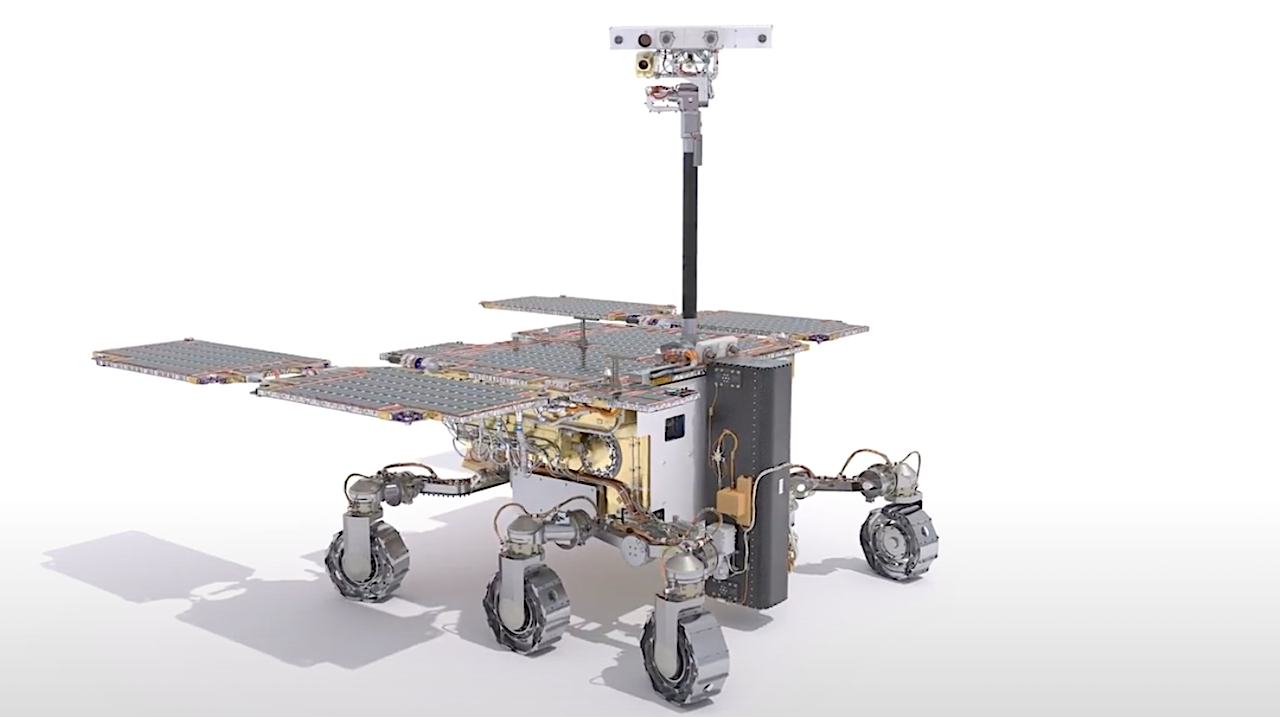
ESA/NASA Rosalind Franklin rover — ESA
The ESA/NASA Rosalind Franklin rover, planned for launch in 2028, will carry the first laser desorption ionization mass spectrometer (LDI-MS) to Mars as part of the Mars Organic Molecule Analyzer (MOMA) instrument.
MOMA will contribute to the astrobiology goals of the mission through the analysis of potential organic biosignatures. Due to the minimal availability of comparable equipment, laboratory analyses using similar techniques and instrumentation have been limited.
In this study, we present a modified commercial benchtop LDI-MS designed to replicate MOMA functionality and to enable rapid testing of samples for MOMA validation experiments. We demonstrate that our instrument can detect organic standards in mineral matrices, with MS/MS enabling structural identification even in complex mixtures.
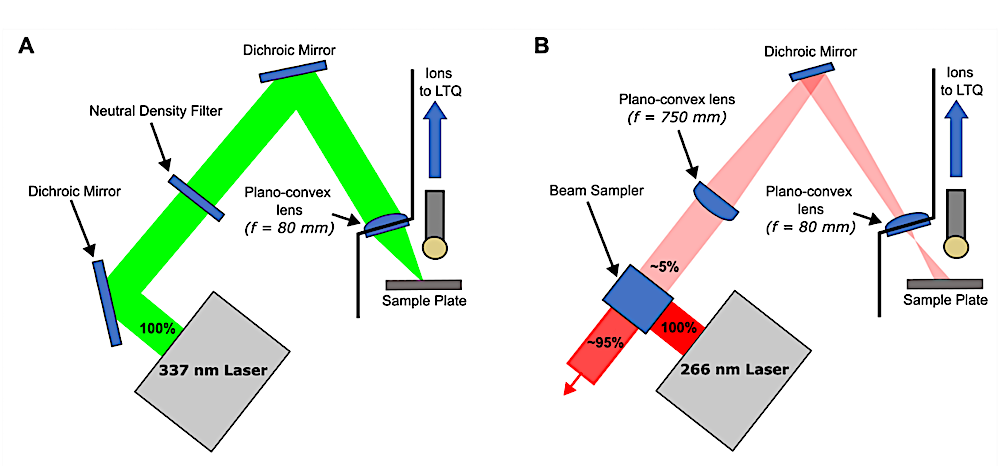
Schematic of (A) the original LTQ 337 nm laser optical path and (B) the modified 266 nm laser optical path. In the modified path, the initial laser beam is split by a beam sampler, dumping ~95% of the total energy. The 5% “sampled” beam passes through a plano-convex lens (f = 750 mm) and is reflected toward the instrument via a dichroic mirror. The beam then passes through the builtin focusing lens (f = 80 mm) of the LTQ to enter the source region where it contacts the sample plate. Ions are guided through a quadrupole and into the mass spectrometer. — astro-ph.EP
Performance was additionally validated against an existing LDI-MS prototype through the comparison of spectra derived from natural samples from a Mars analog site in the Atacama Desert. Lastly, analysis of Mars analog synthetic mineral mixes highlights the capacity of the instrument to characterize both the mineralogical and organic signals in mission-relevant samples.
This modified benchtop instrument will serve as a platform for collaborative research to prepare for MOMA operations, test LDI parameters, and generate pre-flight reference data in support of the mission science and astrobiology specific goals.

Thermo Scientific LTQ XL Linear lon Trap Mass Spectrometer
Zachary K. Garvin (1), Anaïs Roussel (1), Luoth Chou (2), Marco E. Castillo (2 and 3), Xiang Li (2), William B. Brinckerhoff (2), Sarah Stewart Johnson (1) ((1) Georgetown University, Washington, D.C., USA, (2) NASA Goddard Space Flight Center, Greenbelt, MD, USA, (3) Aerodyne Industries, Cape Canaveral, FL, USA)
Comments: Submitted to Astrobiology. ZKG and AR contributed equally to this work. 24 pages, 11 figures, 3 tables (including Supplemental)
Subjects: Earth and Planetary Astrophysics (astro-ph.EP); Instrumentation and Methods for Astrophysics (astro-ph.IM)
Cite as: arXiv:2506.14691 [astro-ph.EP] (or arXiv:2506.14691v1 [astro-ph.EP] for this version)
https://doi.org/10.48550/arXiv.2506.14691
Focus to learn more
Submission history
From: Zachary Garvin
[v1] Tue, 17 Jun 2025 16:29:09 UTC (2,225 KB)
https://arxiv.org/abs/2506.14691
Astrobiology
Stay Informed With the Latest & Most Important News
-
 01From Polymerization-Enabled Folding and Assembly to Chemical Evolution: Key Processes for Emergence of Functional Polymers in the Origin of Life
01From Polymerization-Enabled Folding and Assembly to Chemical Evolution: Key Processes for Emergence of Functional Polymers in the Origin of Life -
 02Panasonic Leica Summilux DG 15mm f/1.7 ASPH review
02Panasonic Leica Summilux DG 15mm f/1.7 ASPH review -
 03Two Black Holes Observed Circling Each Other for the First Time
03Two Black Holes Observed Circling Each Other for the First Time -
 04How New NASA, India Earth Satellite NISAR Will See Earth
04How New NASA, India Earth Satellite NISAR Will See Earth -
 05And Thus Begins A New Year For Life On Earth
05And Thus Begins A New Year For Life On Earth -
 06Astronomy Activation Ambassadors: A New Era
06Astronomy Activation Ambassadors: A New Era -
07SpaceX launch surge helps set new global launch record in 2024












